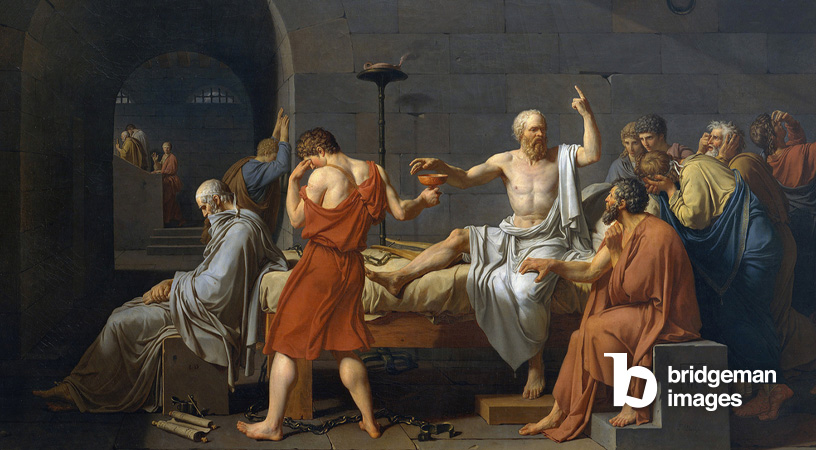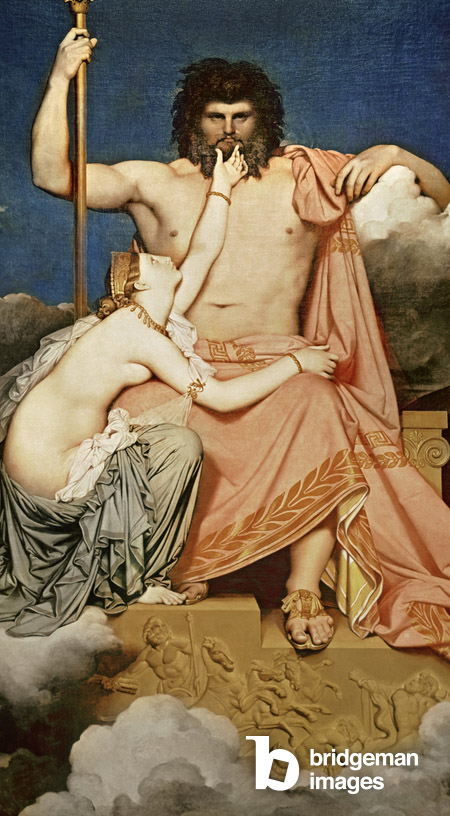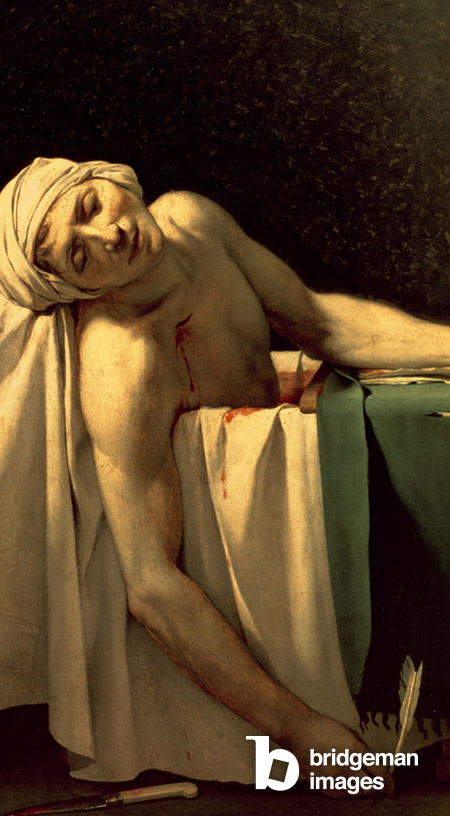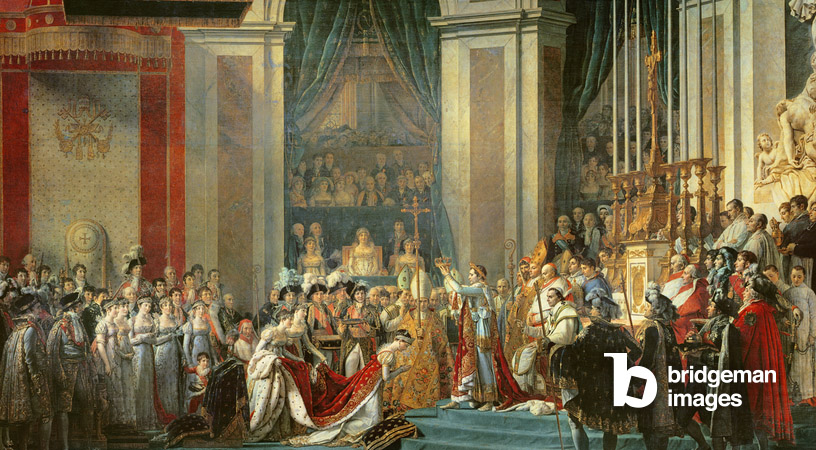Published 04/09/2023
The neoclassical aesthetic, that era of artistic and intellectual revival that illuminated the late 18th century in Europe, remains a timeless jewel in the history of art.
View our selection of Neoclassical works.
At the turn of the second half of the 18th century, Europe found itself enamored with a new thirst for artistic expression. Neoclassicism, this highly significant European movement, rose like a phoenix in France. Under the guidance of painters such as Jacques-Louis David, it aimed to break free from the frivolity associated with the Rococo style and rediscover moral rigor, reason, and stoicism while drawing inspiration from Greco-Roman antiquity.

Neoclassicism, although traditionally associated with the 19th century, actually took root in the second half of the 18th century. Its rapid emergence in Germany with Raphael Mengs only foreshadowed its flourishing in France, where it found its greatest resonance. As early as 1745, a reaction against the Rococo was underway. Painters and theorists turned away from Rococo, embodied notably by François Boucher with its ornate excesses and light themes, in favor of a more noble ideal.
Neoclassicism, the Rediscovery of Antiquity.
The modernity of Neoclassicism fundamentally rests on the rediscovery of classical antiquity, as a general reaction to the arts and letters after the reign of Louis XV, which was seen as a period of moral decadence. This rediscovery was stimulated by archaeological discoveries in the late 18th century. However, it was mainly the periods of classical Greek art, such as the virtuous Athens of Praxiteles and Pericles, that were glorified.

The Art of Virtue
Historical painting, the most prestigious genre for a Neoclassical painter, required a thorough renovation. Farewell to frivolous characters and secondary scenes; Neoclassicists brought heroes and great men carrying moral ideals and virtues to the forefront. Their sources of inspiration drew heavily from the great writers of antiquity, such as Homer and Horace. Their works were characterized by smoother techniques, clear and readable compositions, and architectural contexts inspired by antiquity. Frontal perspective was favored, and artifices like trompe-l'oeil were banned.

The German theorist, Johann Joachim Winckelmann had an immeasurable influence on the formation of French Neoclassicism. Through his works translated in the late 18th century, he advocated for the imitation of Greek works in sculpture and painting, championing the doctrine of academic beauty based on the classical canon. For modern artists, it was essential to idealize the male body and translate it into its heroic form. This theory merged beauty and goodness, infusing a moral dimension into art.
The Echo of the Enlightenment
French Neoclassicism is inseparable from the rise of Enlightenment ideas, embodied by philosophers like Voltaire, Montesquieu, Jean-Jacques Rousseau and Denis Diderot. It embraced the political ideals of the revolutionaries before the tumultuous period of the Reign of Terror, aiming to create a better world governed by the immutable laws of reason and equity.

The End of an Era
Neoclassicism maintained its influence in France until the rise of Napoleon Bonaparte to power. Its decline began around 1825 when Romanticism emerged. There are many names associated with French Neoclassicism, including Jacques-Louis David, Jean-Germain Drouais, François Gérard, Anne-Louis Girodet, Pierre-Narcisse Guérin and Jean-Auguste-Dominique Ingres. In sculpture, the movement had an international dimension with artists like Antonio Canova in Italy, John Flaxman in Britain, and François Chinard in France. Grandiose and austere architecture, inspired by Ancient Greek styles, was also a cornerstone of Neoclassicism.

Thus, Neoclassicism remains a crucial chapter in European art history, a movement that revolutionized artistic expression by reconciling antiquity with modernity, reason with emotion, and morality with beauty. It continues to shine as a timeless example of the power of art to shape our understanding of the world.
View our selection of Neoclassical works.
Contact our team; we are always happy to assist you with your research.


